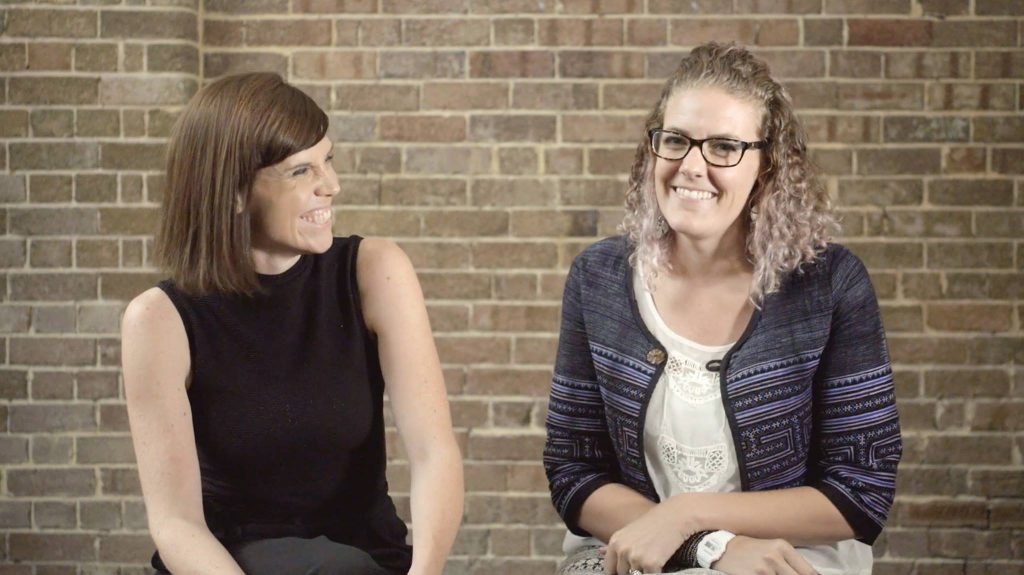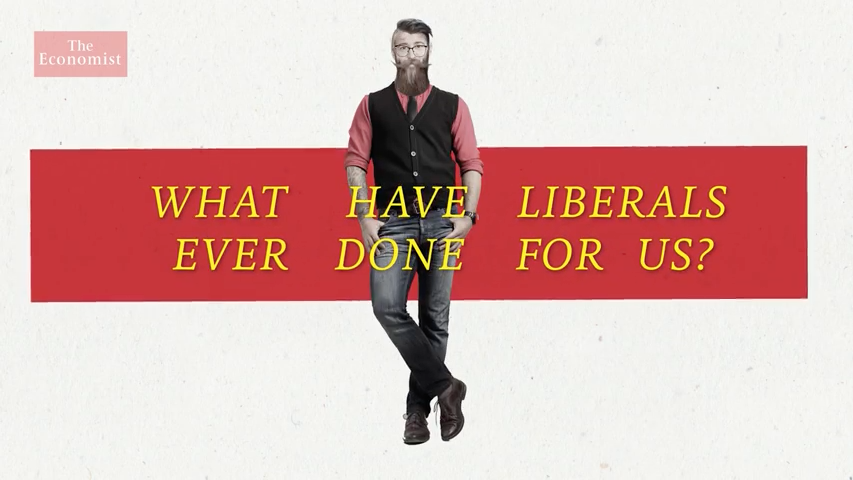ARTICLE
Allison Alrieff, The New York Times, 20 October 2017
“The Arsenal of Exclusion and Inclusion,” a forthcoming book by Tobias Armborst, Daniel D’Oca and Georgeen Theodore, who lead the architecture, planning and research collective Interboro, refers to such things — which include cul-de-sacs, cold water, “No Loitering” signs, the Fair Housing Act — as “weapons.” They are the policies, practices and physical artifacts used by planners, policy makers, developers, real estate brokers, community activists and others to draw, redraw or erase the lines that divide us.
Allison Arieff is the Editorial Director at SPUR and is a columnist for the New York Times.
For Allison Arieff’s twitter feed click here, for her New York Time option piece ‘Automated Vehicles Can’t Save Cities’ click here, and for a New York Times panel discussion on Tactical Urbanism where she was the moderator click here.
For Interboro’s Arsenal of Exclusion and Inclusion click here.















